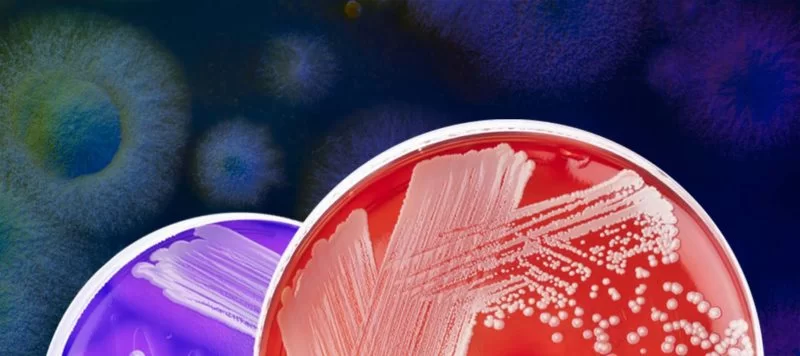Products and SolutionsWhy Are Colonies Important in the Study Of Microbiology

Colonies give scientists information about a particular microbe that has replicated into a group sharing the same genes. Studying that group of microbes helps microbiologists identify the microbe. That’s why colonies are important in the study of microbiology: because microbes are so small, it can be hard to identify a single microbe. So, colonies give more clues about microbes. Scientists estimate that the earth has 1 trillion species of microbes. We’ve only discovered 10% of those microbes. Tools like automatic plating devices can help us understand the vast number of microbes surrounding us and unlock deeper insights into the natural world.
Read on to learn more about why colonies are important in the study of microbiology. Discover the unique properties of microbe colonies that make them so valuable for scientific research.
Studying Microbe Colonies
Now that you know why colonies are important in the study of microbiology, you can implement procedures that help your lab create and study colonies quickly. In addition, investing in lab equipment that saves time and reduces plating errors can help your institution get the most out of your microbe colonies.
There are exciting advancements in colony analysis because image recognition software can help. When you can use a camera to analyse plates, you can select certain traits more easily. Hudson Robotics offers colony imaging tools with its colony picking devices.
What is Microbiology?
If you want to know “why are colonies important in the study of microbiology?” it may help to refresh your knowledge of microbiology. Microbiology is the study of living things that cannot be seen with the human eye. Bacteria, viruses, and fungi are a few of the living organisms that can only be observed with special tools, like microscopes. These tiny living organisms are known as microbes.
Microbiologists study the life of microbes. Microbiologists ask questions like “what do microbes eat?” and “how do microbes reproduce?” Most of living organisms are microbes, so this field of study gives us insight into how the world works.
What is a Bacterial Colony in Microbiology?
A colony is defined as a group of microorganisms derived from the same mother cell grown on a solid medium in biology. Why are colonies important in the study of microbiology? The primary reason is that the characteristics of the colony can tell scientists information about the organism producing the colony.
Because colonies are made up of many microbes that share the same genes, studying colonies helps biologists figure out which species a microbe is by replicating that microbe into a colony. The same microbe clones itself hundreds or thousands of times. This process is called colonization.
Define Colonization in Microbiology
Colonization in microbiology is the creation of a population of a single microorganism on a solid medium. When scientists create microbe colonies, they typically use agar plates. Agar plates are made of a solid gel that microbes can use as a food source.
It can be time-consuming to plate microbes, but lab instruments can automate the process of plating microbes. Automating lab processes like plating or colony selection is known as synthetic biology, and it can help reduce lab time and lab errors. Now that you’re learning why colonies are important in the study of microbiology, you can understand how crucial it is to study colonies properly.
Types of Colonies in Microbiology
There are three main characteristics used to classify microbial colonies:
- Shape
- Elevation
- Margin
All these characteristics relate to the 3-D form of the colony. Colony morphology is the study of the different 3-D forms that microbe colonies can have. Morphology gives great clues as to why colonies are important in the study of microbiology.
The shape of a colony is the form you see when observing the plate from above. The most common colony shapes are circular, irregular, filamentous, rhizoid, and curled.
The elevation of a colony refers to the height and curvature of the bacteria above the surface of the plate when viewed from the side. The most common elevations are raised, convex, flat, umbonate, and crateriform. The margin of a colony is the pattern it makes around the edge of the colony. Common margins are entire, undulate, filiform, curled, and lobate.
Culturing and picking colonies can be a time-consuming process. If you’d like to improve your lab’s colony creation and analysis, contact Verulam Scientific Ltd – The UK distributor and service provider for Hudson Robotics. Speak to a member of our technical team at [email protected] or call 01234 381000.




